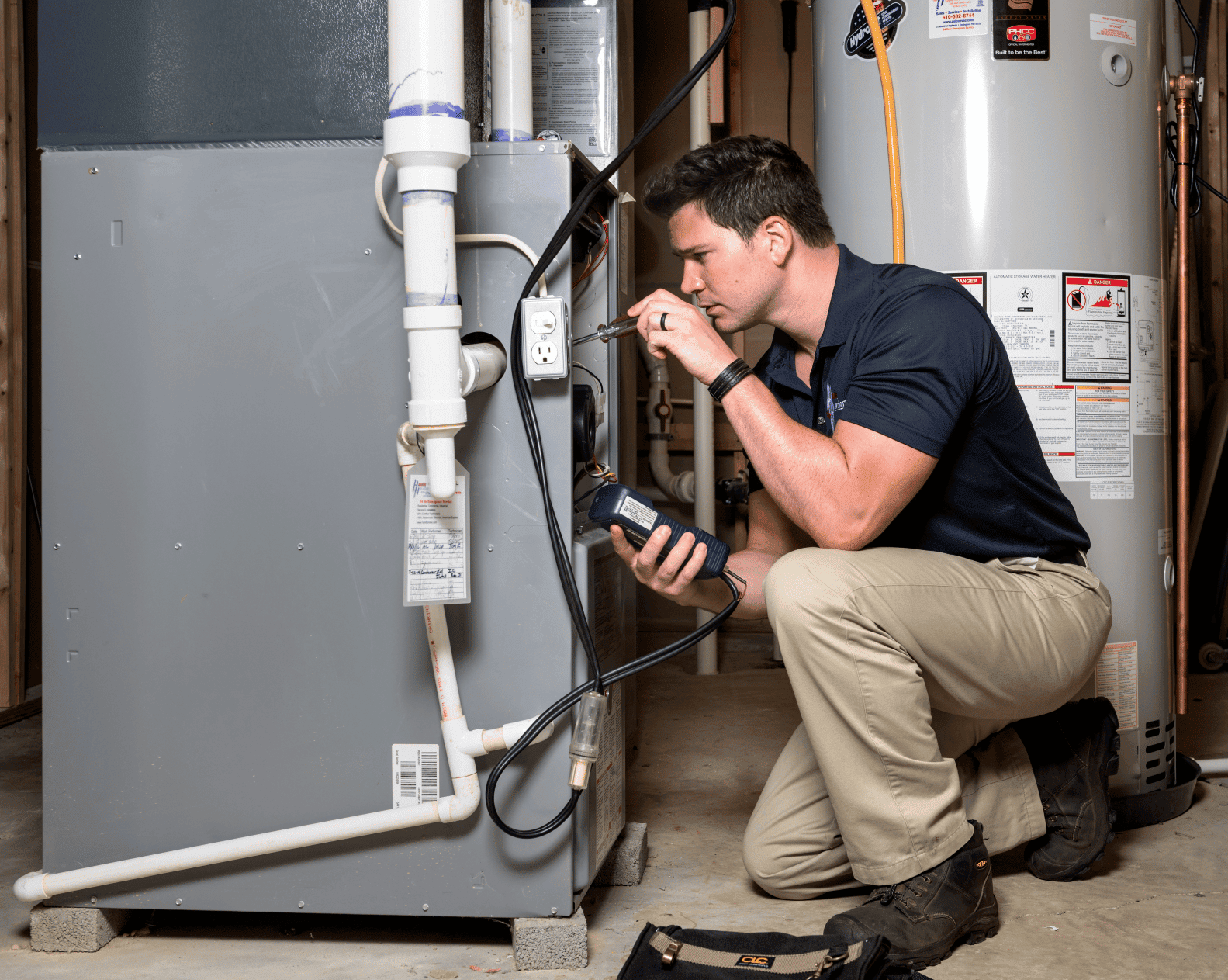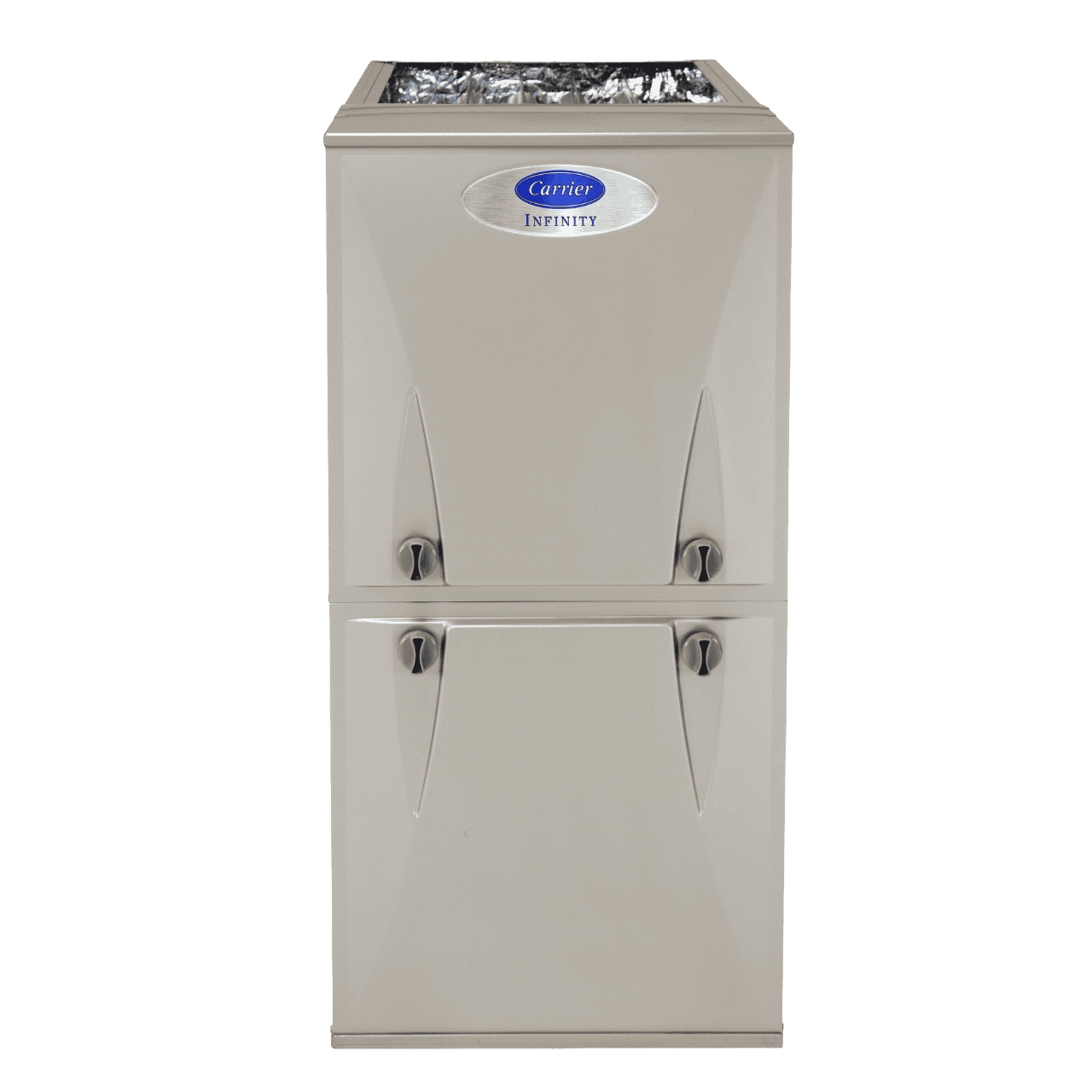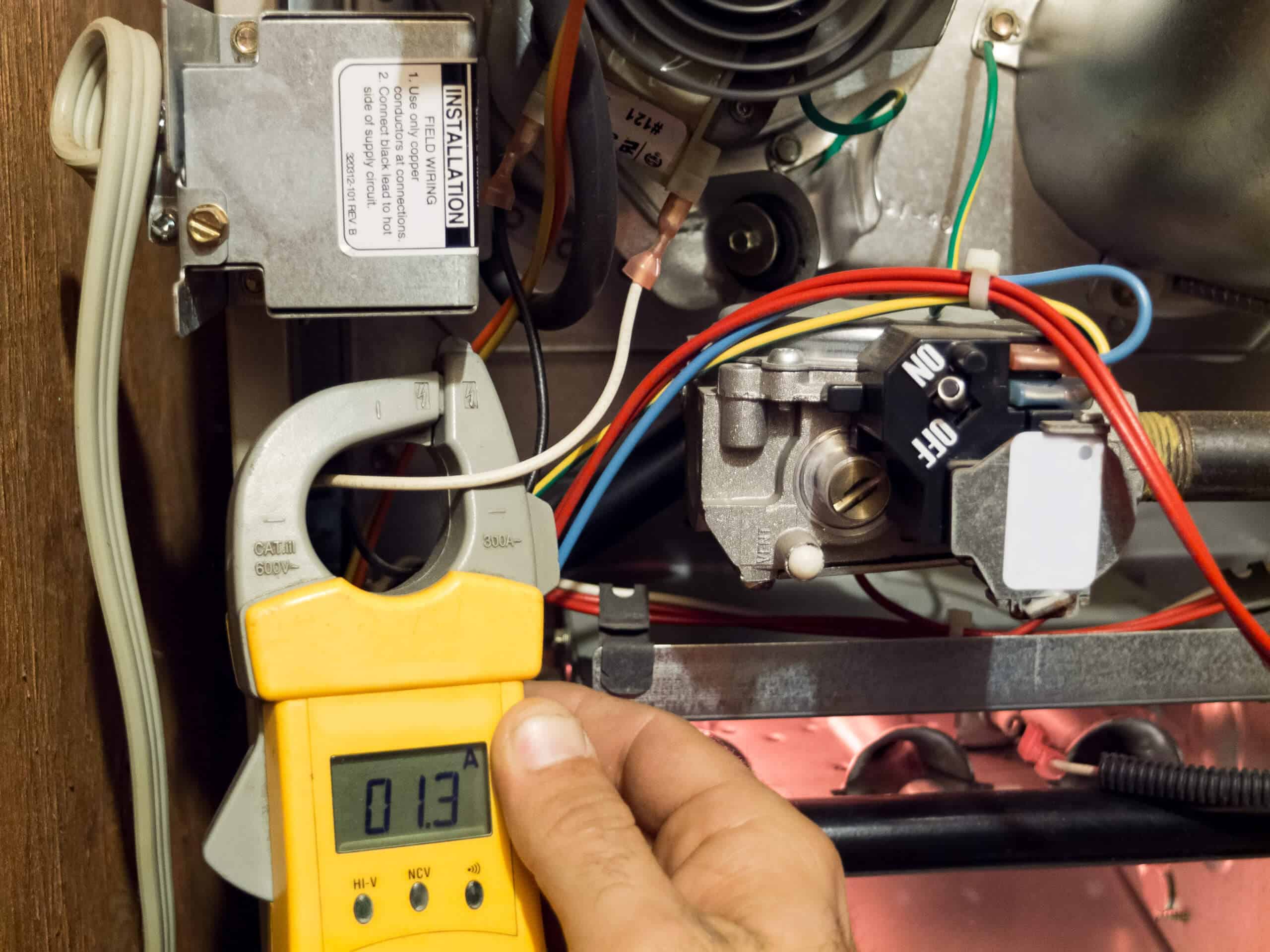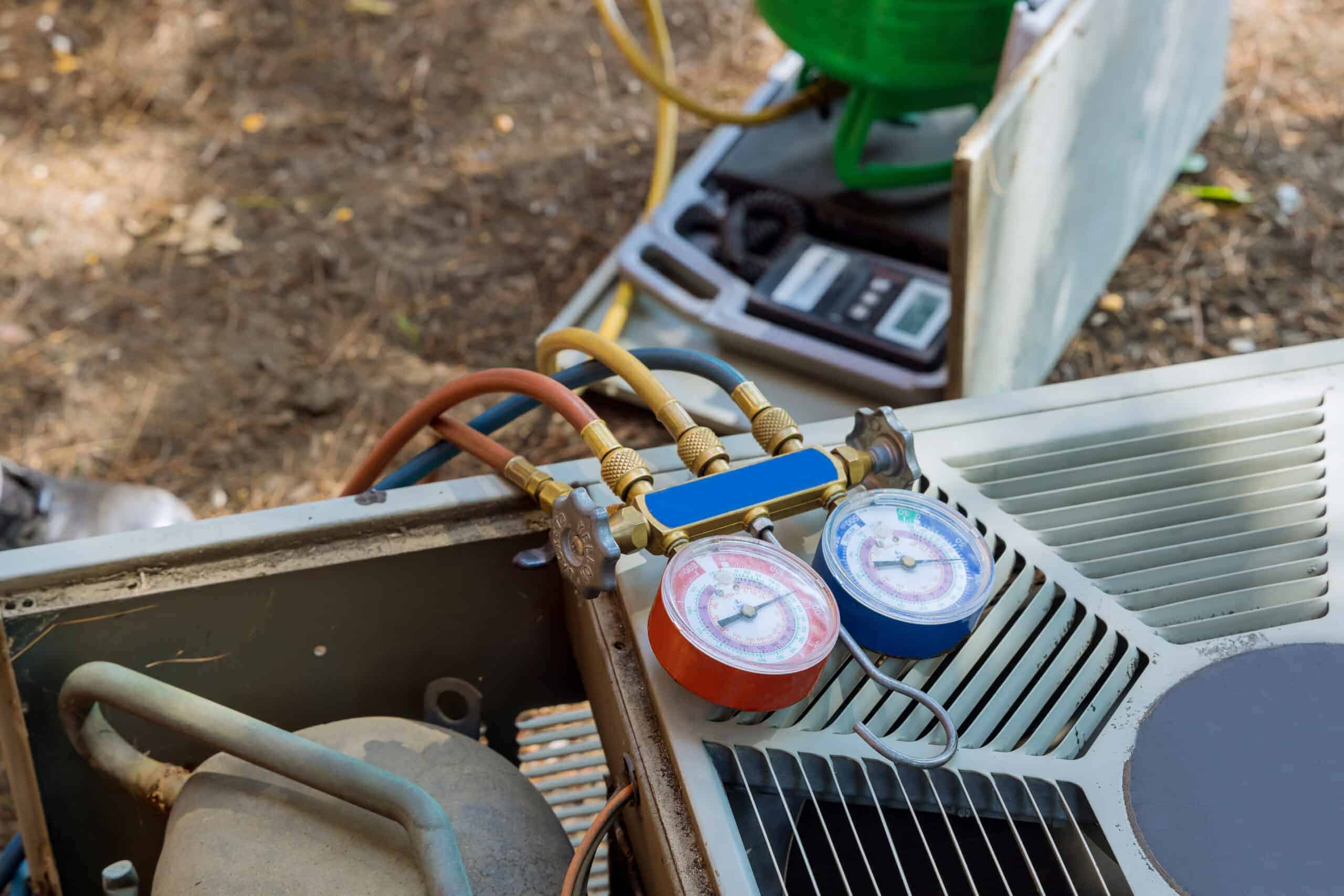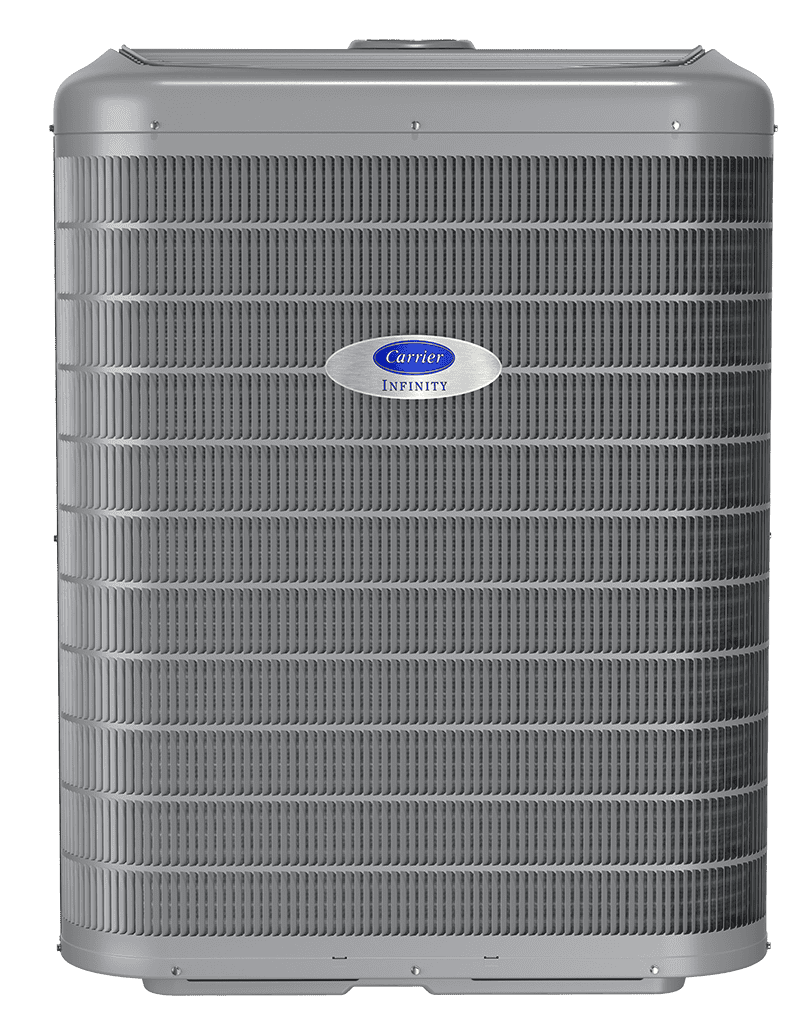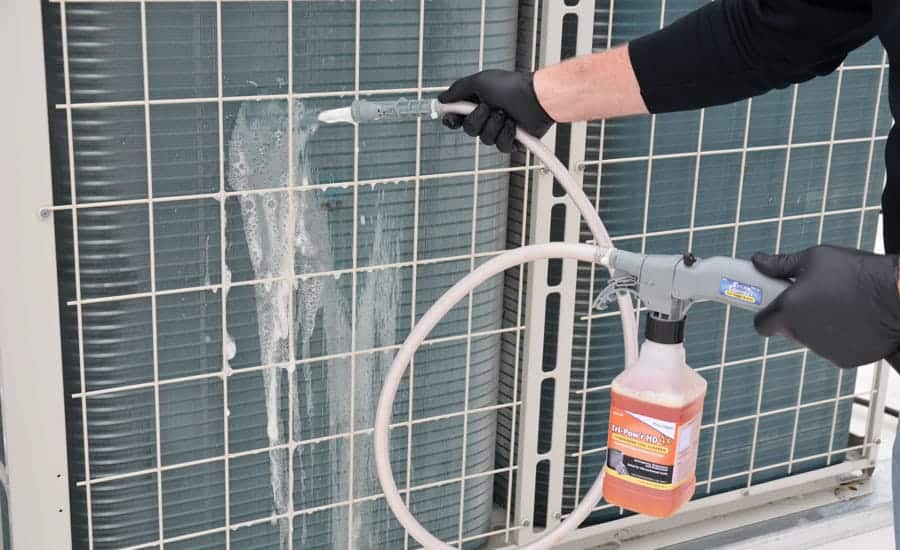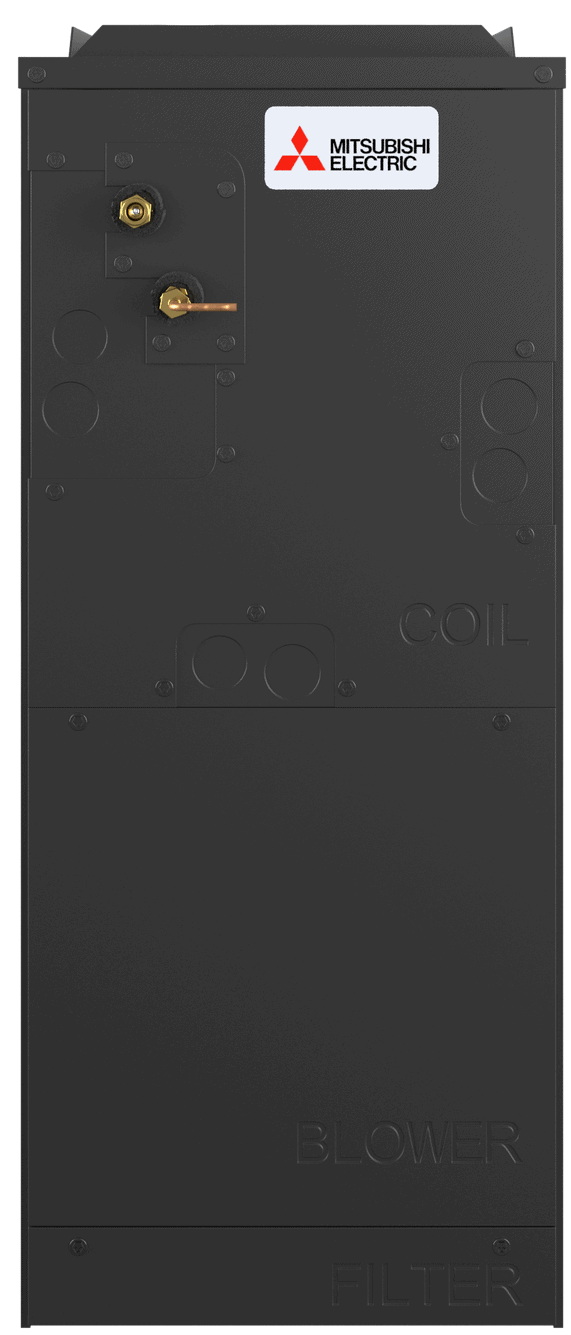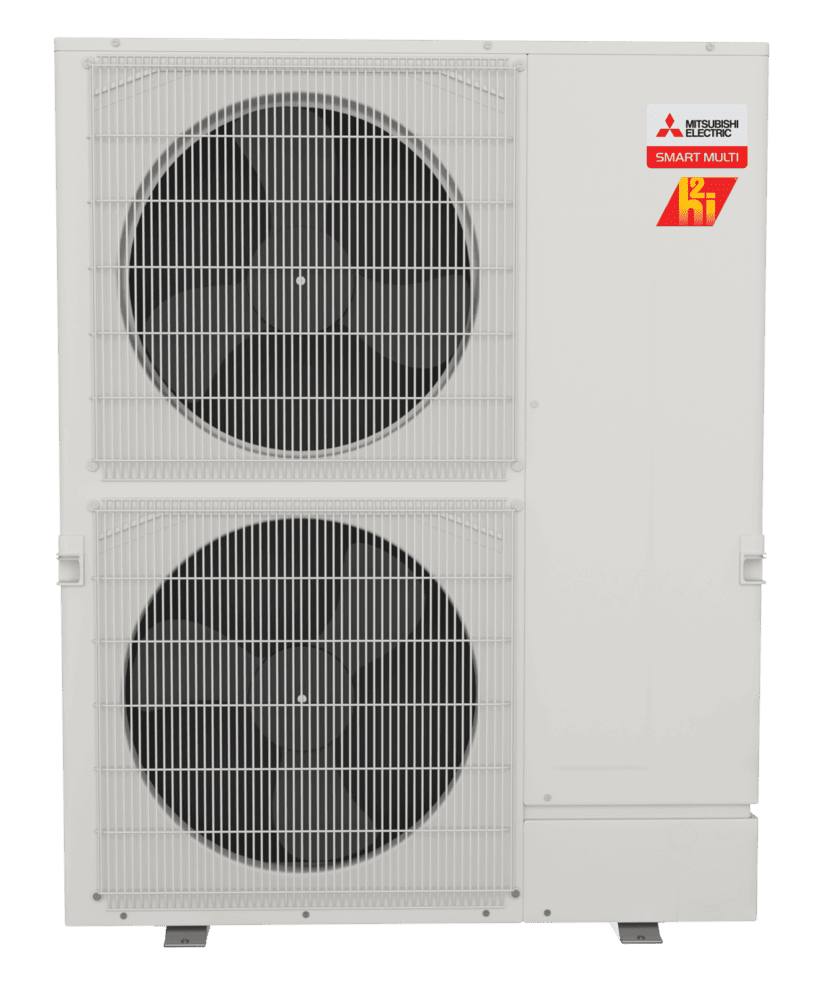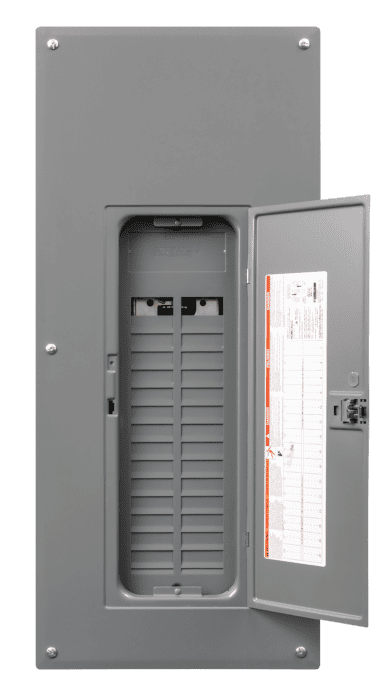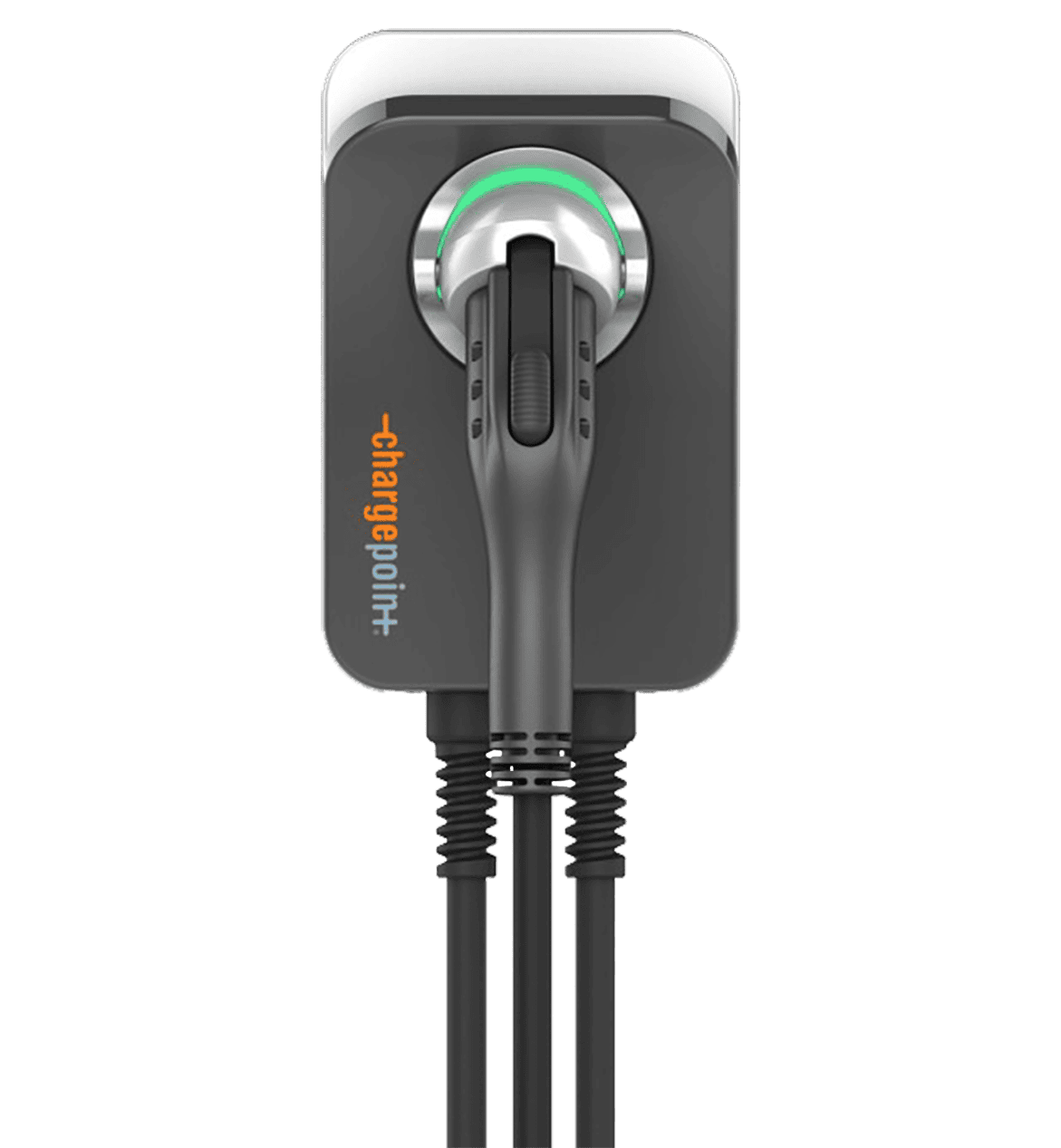How Much Does AC Installation Cost?
Average Cost Range: $7,450 - $9,122. Use our estimator below for a more personalized estimate
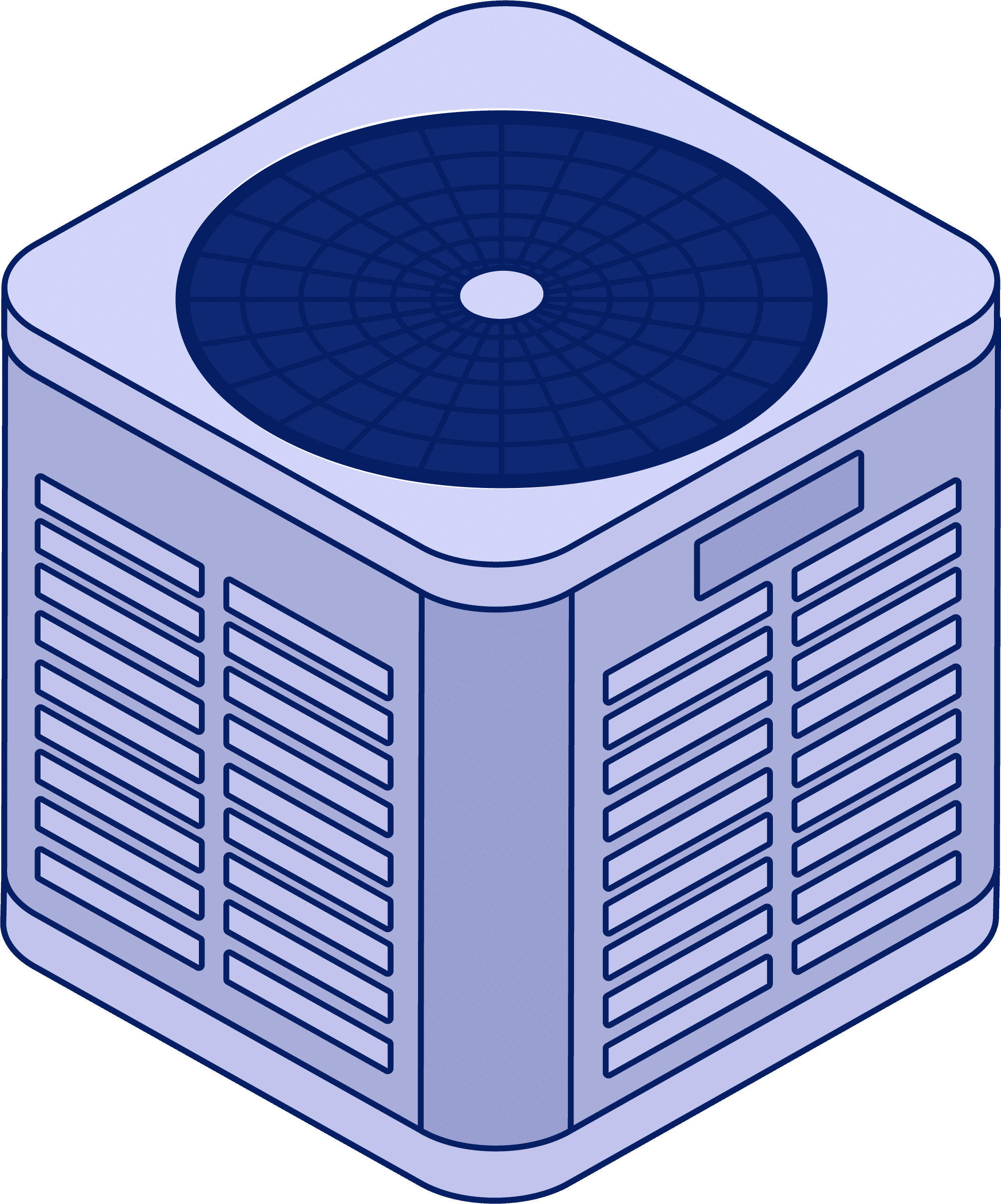
- Updated June 27, 2024
- By: Editorial Staff
Denver central air conditioning installation costs typically range between $6,900 to $12,500 on average, which includes the installation of a standard efficiency AC unit with equipment and labor included.
AC Installation Cost
The cost of installing a central air conditioning system depends on several factors, including the size and type of AC unit you choose, the complexity of the installation, and any additional features or accessories you want to include. Here are some rough estimates for the cost of installing a new central air conditioning system:
- For a standard, single-stage AC unit, you can expect to pay between $6,500 and $9,200 for the equipment & installation.
- For a high-efficiency, two-stage AC unit, you can expect to pay between $7,200 and $10,100 for equipment & installation.
- For a variable-speed AC unit, you can expect to pay between $9,800 and $12,200 for the unit & installation itself.
It’s important to note that these air conditioning installation costs are rough estimates and may vary depending on your specific situation. For example, if you have a larger home or more complex ductwork, the installation may be more expensive. In the meantime, here are some rough estimates for AC installation costs based on system size:
| System Size | Cost Range |
|---|---|
| 24K BTU AC & Installation | $6,800 - $9,400 |
| 36K BTU AC & Installation | $7,200 to $9,800 |
| 48K BTU AC & Installation | $7,600 to $10,400 |
| 60k BTU AC & Installation | $7,800 to $11,800 |
Air Conditioning Unit Sizing Factors
- Square footage: The size of the space that needs to be cooled will impact the size of the AC unit needed. A larger space will require a larger AC unit to provide sufficient cooling.
- Climate: The climate where the building is located will also impact the size of the AC unit needed. In a hotter climate, a larger AC unit may be necessary to maintain a comfortable temperature inside the building.
- Insulation: The quality and level of insulation in the building will also affect the size of the AC unit needed. A well-insulated building will require a smaller AC unit to maintain a comfortable temperature.
- Number of windows: The number and size of windows in the building can impact the amount of heat that enters the space, which will impact the size of the AC unit needed.
- Number of floors: A building with multiple floors may require a larger AC unit to provide sufficient cooling to all levels.
Why AC Unit Sizing Is Important
Proper AC unit sizing is important because an improperly sized unit can lead to several problems, including:
- Inefficiency: An undersized AC unit will have to work harder to cool a space, leading to higher energy bills and a shorter lifespan for the unit. An oversized AC unit, on the other hand, will cycle on and off more frequently, also leading to higher energy costs and reduced efficiency.
- Comfort: An improperly sized AC unit may not be able to maintain a consistent, comfortable temperature in the building, leading to fluctuations in indoor temperature and discomfort for the occupants.
- Humidity control: An oversized AC unit can cool the space too quickly, not allowing enough time to remove humidity from the air. This can lead to a damp, clammy feeling inside the building.
- Durability: An AC unit that is too small or too large for the space it is cooling will be subjected to increased wear and tear, leading to a shorter lifespan and the need for more frequent repairs.
Therefore, it is important to work with UniColorado to determine the correct size AC unit for your specific needs in order to ensure efficiency, comfort, humidity control, and durability.
| Area Size | Cooling BTUs Required | Blower Tonnage |
|---|---|---|
| 1000 sq. ft. & below | 24,000 BTUS | 2 tons |
| 1000 sq. ft. - 2000 sq. ft. | 28,000 - 42,000 BTUs | 3 - 4 tons |
| 2000 sq. ft. - 3000 sq. ft. | 38,000 - 48,000 BTUs | 4 - 5 tons |
| 3000 sq. ft. & above | 50,000 - 60,000 BTUs | 5 tons |
Single-Stage vs Two-Stage vs Variable-Speed
In the US market, for central AC, there are three main categories of equipment available: single-stage, two-stage, and variable-speed. Each type operates differently and offers varying levels of efficiency.
- Single-stage AC units are the most basic and straightforward. They operate at full capacity whenever they’re turned on, with no adjustments in output. In other words, they’re either on or off.
- Two-stage AC units offer a bit more flexibility. They have two settings: low and high. The unit starts in the low setting and, after a preset delay timer, switches to the high setting if the desired temperature hasn’t been reached. Two-stage units are often the middle ground in terms of efficiency and are commonly found in AC manufacturers’ product lines.
- Variable-speed AC units are the most advanced and efficient. They have around 60 different speeds, allowing them to precisely adjust their output to maintain the desired temperature. However, to achieve maximum efficiency, variable-speed AC units require a matching variable-speed furnace and a compatible thermostat that can communicate with both units.
While variable-speed systems offer the highest efficiency, they also come with a higher price tag. If you’re considering a variable-speed AC unit, it might be more cost-effective to opt for a heat pump instead. Heat pumps can provide both heating and cooling, and they often qualify for significant rebates, making them a more attractive option in terms of long-term savings and versatility.
SEER and EER Ratings
The efficiency of an air conditioning unit is measured by two main ratings: the Seasonal Energy Efficiency Ratio (SEER) and the Energy Efficiency Ratio (EER).
- SEER measures the overall efficiency of the AC unit throughout the cooling season. It is calculated by dividing the total cooling output of the unit by the total electric energy input during the same period. A higher SEER rating means the AC unit is more efficient and uses less electricity to provide the same amount of cooling.
- EER, measures the efficiency of the AC unit at a specific outdoor temperature (usually 95°F) and a specific indoor temperature (usually 80°F). It is calculated by dividing the cooling output (in BTUs) by the electrical input (in watts) at these conditions. A higher EER rating indicates better efficiency under these specific conditions.
The higher the SEER & EER, the more efficient the AC.
High Efficiency vs Standard Efficiency
High-efficiency AC units are more efficient than standard-efficiency units, which means they use less electricity to produce the same amount of cooling. Here are some key differences between high-efficiency and standard-efficiency AC units:
- Energy efficiency: High-efficiency AC units have SEER ratings of 16 or higher, which means they use less electricity to provide cooling. Standard-efficiency AC units have SEER ratings of 13 to 15, which means they are less efficient and use more electricity.
- Operating costs: Because high-efficiency AC units use less electricity, they typically have lower operating costs than standard-efficiency units. This means you may see lower energy bills if you choose a high-efficiency AC unit.
- Upfront costs: High-efficiency AC units are generally more expensive to purchase than standard-efficiency units. However, the long-term energy savings may offset the higher upfront cost over time.
- Environmental impact: High-efficiency AC units produce fewer greenhouse gas emissions than standard-efficiency units, making them a more environmentally friendly choice.
Adding AC to Existing Furnace Costs
When adding air conditioning to an existing home, there are several additional costs to consider beyond just the AC unit itself. These costs can vary depending on the specific situation, but here are some common factors that can impact the total cost:
Electrical work: Installing a new AC unit may require upgrading the electrical service or adding a dedicated circuit to power the unit. This can cost anywhere from $500 to $2,000 or more, depending on the extent of the work needed.
Lineset: The lineset is the copper tubing that carries refrigerant between the indoor and outdoor units. If your home doesn’t have an existing lineset, or if the existing lineset is too small or in poor condition, you’ll need to install a new one. This can cost between $500 and $1,000 or more, depending on the length of the lineset and the difficulty of the installation.
Indoor coil: The indoor coil is the part of the system that absorbs heat from the air inside your home. If your furnace doesn’t have a compatible indoor coil, you’ll need to install a new one. This can cost between $500 and $1,500 or more, depending on the size and type of coil needed.
Thermostat wiring: If your home doesn’t have existing thermostat wiring for air conditioning, you’ll need to install new wiring. This can cost between $200 and $500 or more, depending on the complexity of the installation.
Furnace removal and reinstallation: In many cases, the furnace will need to be removed and reinstalled to accommodate the new AC system. This can add significant labor costs to the project, often ranging from $500 to $1,500 or more.
| Additional Costs | Typical Cost Range |
|---|---|
| Electrical work (230v circuit) | $500 - $2,000+ |
| Lineset | $200 - $700 |
| Thermostat wiring | $100 - $300+ |
| Furnace removal and reinstallation | $500 - $1,500+ |
| Additional Ductwork | $200 - $800 |
It’s important to note that installing a new, high-tech AC system on an aging furnace is generally not advised. The older furnace may not be compatible with the new AC unit, and it may not be able to handle the increased workload. Additionally, if the furnace is nearing the end of its lifespan, you may end up needing to replace it soon anyway, which would be more cost-effective to do at the same time as the AC installation.
To get the most accurate estimate for adding AC to your existing home, it’s best to consult with a professional HVAC contractor like UniColorado. They can assess your specific situation and provide a detailed quote based on your home’s unique needs.
Frequently Asked Questions
The average cost to add AC to a 2000 square foot home is around $7,200 – $8,400, depending on various factors such as the type of AC system, the complexity of the installation, and any necessary modifications to the existing ductwork or electrical system.

